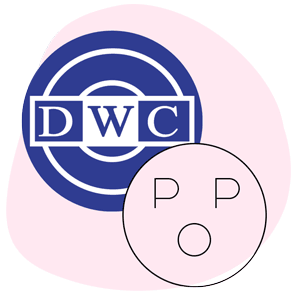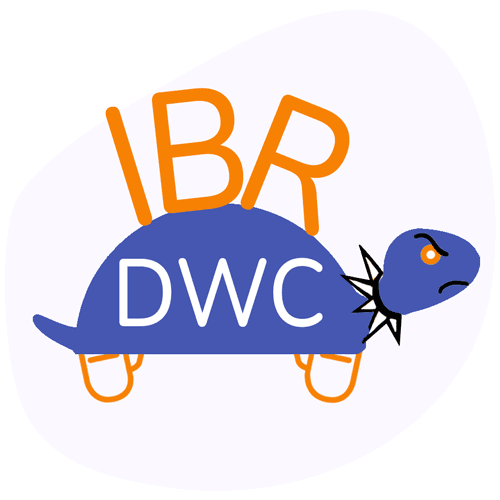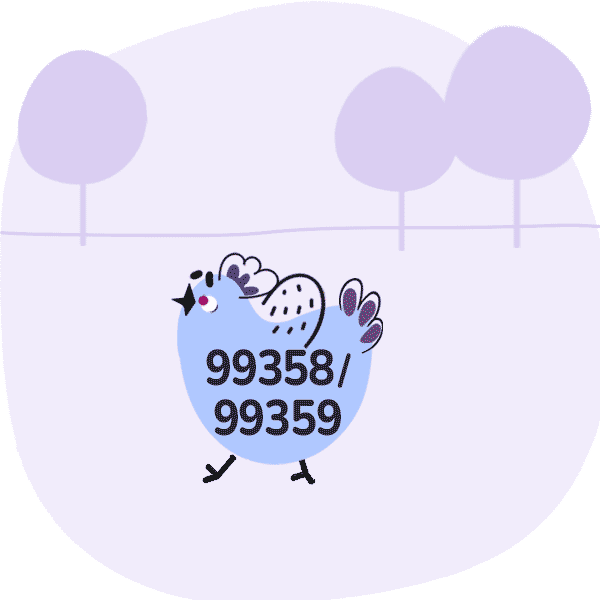CA Workers' Comp: Appeals Rigged to Profit Payers

When a claims administrator incorrectly reimburses a California workers’ comp provider, the mandated process for the provider to dispute the error (or purposeful theft) is costly, onerous and extraordinarily unjust. Instead of offering providers a way to pursue correct reimbursement, this shameful appeals process often functions as a profit center for payers.
The Division of Workers' Compensation (DWC) devised and implemented payment appeal regulations that require providers to expend tremendous resources navigating an impossibly lopsided and rigged process. In this way, the appeals process in California actually encourages claims administrators to increase profits by improperly adjusting provider’s bills.
Below, we outline the many excessive regulatory hurdles forced upon providers demanding proper reimbursement, and show exactly how the California appeals system enriches claims administrators that deny providers correct payment for treating injured workers.
The Long Slog to Correct Reimbursement
Since California passed Senate Bill 863 in 2012, providers must adhere to a strict and burdensome appeals process that seems designed to fatigue providers out of pursuing correct reimbursement.
The process for disputing an erroneous payment for treating an injured worker is as follows:
-
The provider must submit a Second Review appeal, using DWC Form SBR-1, to the claims administrator within 90 days of receiving the Explanation of Review (EOR) from the payer.
If the provider is a single day late submitting this form, the claims administrator keeps the provider’s reimbursement. In contrast, a claims administrator is not penalized for denying or underpaying bills submitted by providers.
Question: Why would a claims administrator ever properly reimburse a provider’s initial bill, since the regulations allows them to keep the purloined revenue unless a provider submits a Second Review appeal? This regulation encourages improper reimbursements, because the claims administrator’s profits increase if the provider fails to timely dispute the incorrect reimbursement.
- The claims administrator must respond to the Second Review appeal within 14 days. The claims administrator is not penalized for untimely or missing responses.
-
When the claims administrator denies the Second Review appeal, the provider must pay $180 to request Independent Bill Review (IBR).
If the provider fails to pay $180 or timely request IBR, the claims administrator keeps the provider’s reimbursement. In contrast, the claims administrator is not penalized for denying valid Second Review appeals submitted by providers.
Question: Why would a claims administrator ever pay a provider’s appeal since the regulations allows them to keep the purloined revenue unless the provider pays $180 to file for IBR? This regulation encourages improper reimbursements, because the claims administrator’s profits increase if the provider fails to timely escalate the appeal to IBR.
IBR - The Ultimate Administrative Burden
Requesting IBR is excruciatingly burdensome, to say the least. Failure to follow any of the onerous IBR steps listed below to dispute erroneous reimbursements means the claims administrator keeps the provider’s reimbursement.
- Request IBR within 30 days of receiving the final EOR from the claims administrator in response to the Second Review appeal
- Submit DWC Form IBR-1 to request IBR
- Include the final EOR from Second Review appeal, plus all other relevant documentation
- Include an IBR Index of Documents as specified in the instructions that accompany DWC Form IBR-1
- Submit a $180 processing fee, refundable in full only if the provider prevails, and only in part ($132.50) if the DWC deems the dispute ineligible for IBR
- Concurrently send a copy of the IBR request and supporting documents to the claims administrator (Often providers don’t know this is a required step)
Even if the provider prevails at IBR, the claims administrator will ignore California law and refuse to reimburse the provider the $180 IBR filing fee (we have lots of examples).
For providers, the administrative costs of pursuing IBR (plus the $180 filing fee imposed by the DWC) often far exceeds any additional payment the provider stands to gain by ‘winning’ the IBR — and claims administrators know it.
Question: Why would any doctor agree to treat California injured workers?
Answer: Most refuse.
If the provider makes a single misstep in the above process, California law allows the claims administrator to keep the reimbursement due to the provider for treating the injured worker.
Rather than penalizing the claims administrator for failing to adhere to workers’ comp laws, regulations and rules, California law places the burden entirely on the provider, and defaults to the claims administrator’s advantage. The result: these regulations encourage claims administrators to improperly underpay or deny bills and appeals with near impunity to line their pockets with increased profits.
Many providers conclude that workers’ comp requires such large administrative and financial waste, simply to receive correct payment, that treating injured workers isn’t sustainable.
Who can blame them?
Protect your practice revenue. Harness the power of daisyBill software, data, and expertise for faster, better workers’ comp billing.
SCHEDULE A DEMO
DaisyBill provides content as an insightful service to its readers and clients. It does not offer legal advice and cannot guarantee the accuracy or suitability of its content for a particular purpose.




